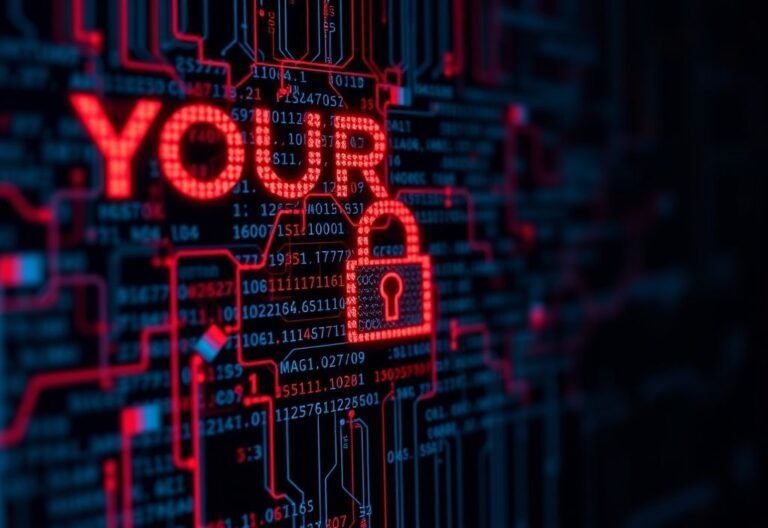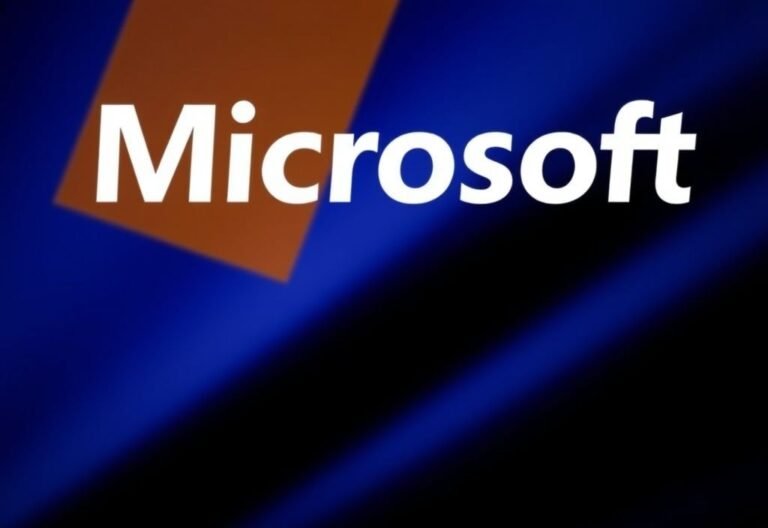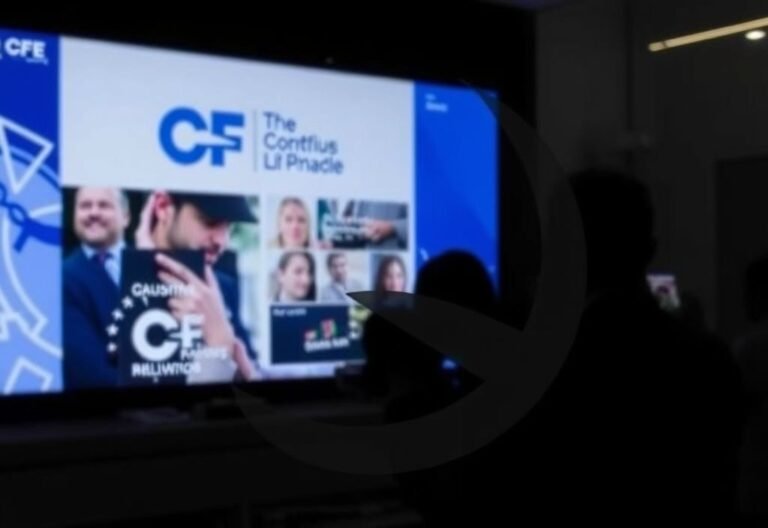
What Is Push-Bombing — and How Can You Stop It?
Cloud account takeovers are on the rise, with attackers constantly finding new ways to bypass security measures. One such method is push-bombing , a social engineering attack that exploits multi-factor authentication (MFA) — a system many organizations rely on for protection.
With the average employee using over 36 cloud apps daily, login credentials have become a prime target for cybercriminals. And as companies strengthen their defenses, hackers adapt — making push-bombing an increasingly common threat.
How Does Push-Bombing Work?
Multi-factor authentication adds an extra layer of security beyond just a username and password. Typically, users receive a one-time code or a push notification on their device to complete login.
Push-bombing takes advantage of this process.
Here’s how it usually goes:
- A hacker gets hold of an employee’s username and password — often through phishing or data breaches.
- They try to log in repeatedly, triggering multiple MFA push notifications to the user’s phone or app.
- Overwhelmed by constant alerts, some users may accidentally approve one — thinking it’s a glitch or retry from a failed login attempt.
- If they do, the attacker gains full access to the account.
It’s a psychological tactic — designed to confuse, frustrate, and trick users into handing over access themselves.
Why Is Push-Bombing Dangerous?
- It bypasses traditional MFA protections.
- It can lead to full account takeover, allowing hackers to:
- Access sensitive business data
- Send phishing emails from trusted accounts
- Move laterally across company systems
- It’s difficult to detect because the login appears legitimate — coming from the real user’s MFA approval.
How to Protect Your Business from Push-Bombing
🔍 1. Educate Your Employees
Awareness is your first line of defense. Teach employees what push-bombing is and what to do if they receive unexpected MFA prompts.
Encourage them to:
- Never approve unknown login requests
- Report suspicious activity to IT immediately
- Avoid clicking “Approve” out of habit or frustration
🧹 2. Reduce App Sprawl
The more accounts employees have, the higher the risk of credential theft. Consolidate tools where possible — platforms like Microsoft 365 or Google Workspace offer integrated solutions under a single sign-on.
Fewer apps = fewer passwords = less risk.
🛡️ 3. Switch to Phishing-Resistant MFA
Traditional push-based or SMS-based MFA is vulnerable to social engineering. Instead, move toward phishing-resistant MFA methods , such as:
- Hardware security keys (e.g., YubiKey)
- Biometric authenticators
- Device-bound passkeys
These methods don’t rely on user approval via push notifications — making them far more secure.
🔐 4. Enforce Strong Password Policies
Even with MFA, weak or reused passwords remain a major vulnerability. Implement policies that require:
- Complex passwords (mix of letters, numbers, symbols)
- No personal info or common words
- Regular password changes
- No reuse across accounts
Use a password manager to help users follow these rules easily.
📊 5. Implement Advanced Identity Management
Deploy identity and access management (IAM) solutions that include:
- Single Sign-On (SSO) – Reduce the number of passwords users must manage
- Context-aware policies – Block logins based on location, time, or device type
- Real-time monitoring – Detect and respond to unusual login behavior
These tools add layers of intelligence to your authentication process — helping stop attacks before they succeed.
The Bottom Line: Don’t Rely on Basic MFA Alone
While multi-factor authentication is a critical part of any security strategy, not all MFA is created equal. Push-based authentication is convenient, but it leaves the door open to push-bombing attacks.
To stay ahead of cybercriminals, businesses need smarter, stronger authentication methods — along with ongoing training and better control over digital identities.
Ready to Strengthen Your Authentication Strategy?
If you’re concerned about push-bombing or want to improve your organization’s identity and access security, we can help. From evaluating your current setup to implementing phishing-resistant MFA — we’ll guide you every step of the way.





